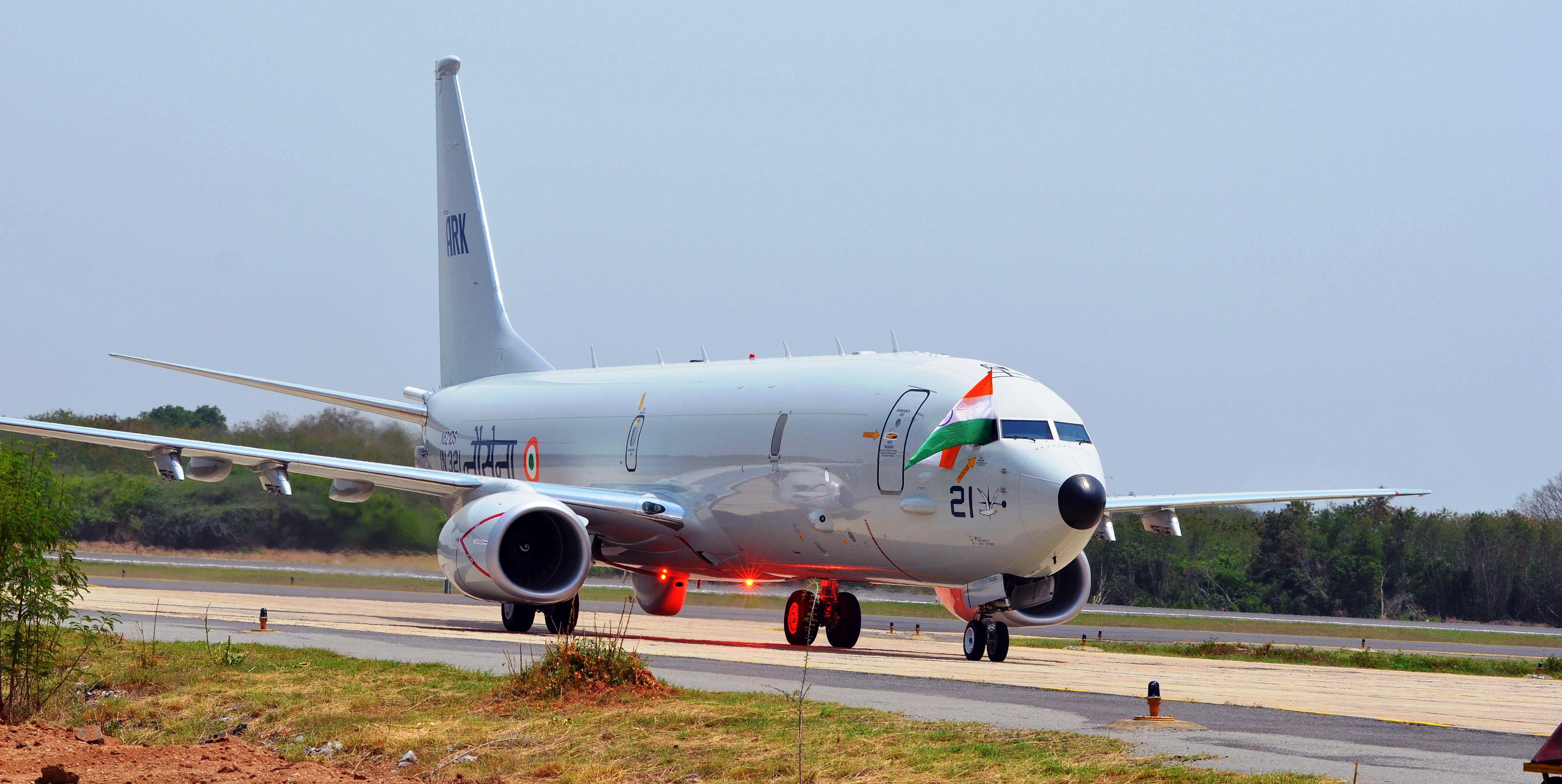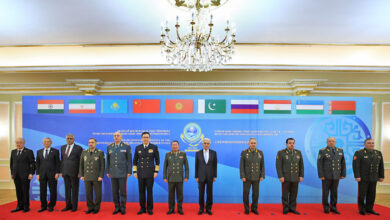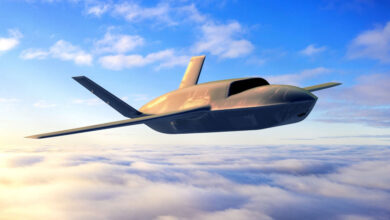Indian Navy acquiring four more P8-I Aircraft

New Delhi. Strengthening its Intelligence, Surveillance and Reconnaissance (ISR) and Anti Submarine Warfare (ASW) capabilities, the Indian Navy has placed orders for another four Boeing P-8I aircraft.
The Navy has already acquired the highly advanced eight P-8Is for what it calls Long Range Maritime Patrol (LRMR) programme for $2.1 billion. There was an options clause for four more aircraft at the same price, and the Navy has exercised that now, spending another $1 billion.
The original order was placed in 2009, and Boeing delivered the aircraft on-time and on-costs. Training was part of the package but weapons and torpedoes were extra as required. A Ministry of Defence source told India Strategic: We have exercised the option.
The Boeing P-8I, deployed around the same time as with the US Navy’s P-8 Poseidon, is the most sophisticated weapon system in the arsenal of not only the Indian Navy but the Indian armed forces, and greatly makes up for the poor strength of its submarine fleet. Most of the Indian submarines are just about a quarter century old.
The Navy had actually planned for 30 such aircraft, but then plans were modified and revised time and again. While the total number of this aircraft with India will now be 12, the US Navy will have 108 P8s. Both the navies have also deployed this aircraft for search and rescue missions in the Indian Ocean for missing aircraft, including the Malaysian airliner MH 370 and recently, in July, the Indian Air Force’s An-32 midway between the country’s southern coast and Andaman & Nicobar island territories.
Notably, the Indian variant has certain Indian components, including communication software and IFF (Identify Friend or Foe) to align with Indian naval and Air Force aircraft and net-centric systems.
A submarine is an essential underwater attack platform, and as there are many hostile submarines in the Indian Ocean, the Indian Navy is well equipped with this aircraft to tackle them. The P-8I has 360-degree radar view, thanks to Raytheon’s AN/APY-40 forward looking radar’s 240-degree coverage and the rest from Telefonics aft-looking radar.
Built on the Boeing 737 frame, the P-8I is capable of detecting and destroying hostile submarines deep under the waters. It has 11 hard points for carrying Harpoon anti-shipping missiles and depth charges, and five stations in the weapons bay for Raytheon-supplied Mk-54 torpedoes. Two hard points upfront are for Search and Rescue equipment.
There are five operator stations, and windows for outside view. All the systems are integrated with the onboard Mission Computer and Display System for control and data distribution in high speeds with ultra-high resolution. The APY 10 radar is developed keeping in mind not just the land but waters of the vast oceans as well, be it day or night. It is capable of tracking even small vessels in littoral and high seas environments.
The Indian variant also has the Magnetic Anomaly Detector (MAD) which measures minute variations and disturbances in the earth’s magnetic field caused by the underwater movement of steel-encased submarines.
India has already acquired a number of Harpoon Block II missiles for use both by the Navy and IAF, which also conducts maritime patrols.





